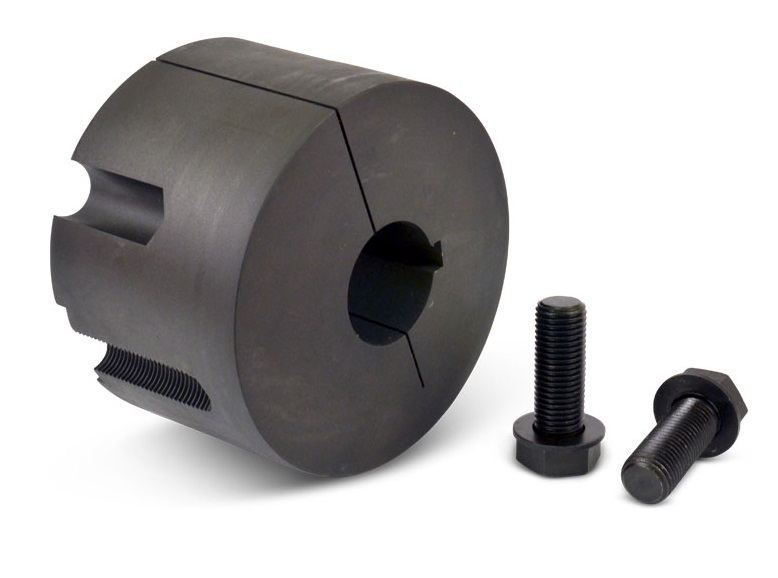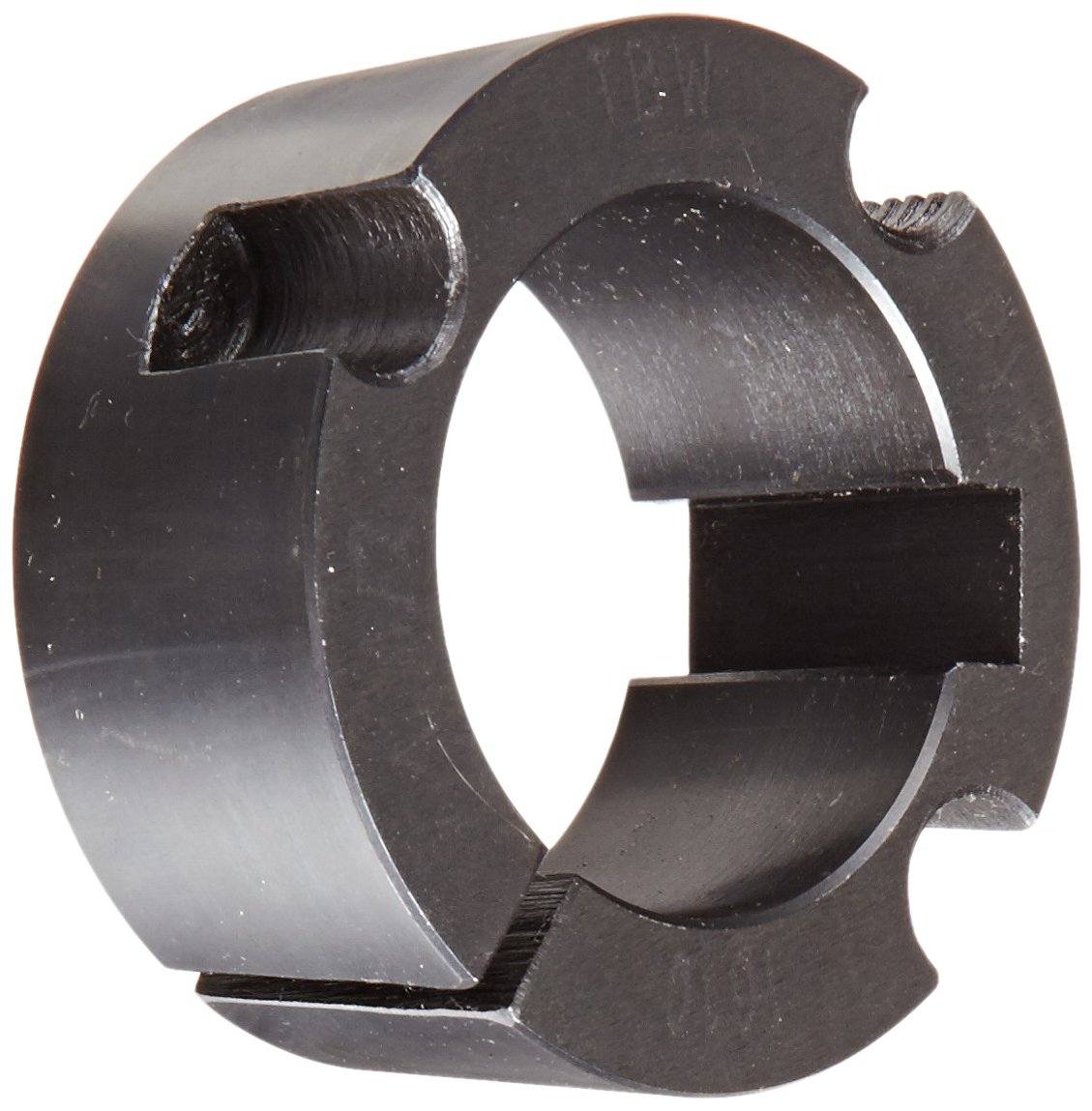
Can I find guides on troubleshooting common issues with taper lock bushings?
Yes, you can find guides and resources that provide troubleshooting assistance for common issues related to taper lock bushings. Troubleshooting guides can be helpful in identifying and resolving problems that may arise during installation, operation, or maintenance of taper lock bushings. Here are some sources where you can find such guides:
- Manufacturer’s Websites: Many manufacturers of taper lock bushings provide technical resources on their websites. These resources often include troubleshooting guides or FAQs sections that address common issues and solutions. The guides may cover topics such as misalignment, slippage, vibration, excessive wear, or improper installation. Visiting the websites of the manufacturers whose bushings you are using or considering can provide valuable insights into troubleshooting specific to their products.
- Industry Publications and Manuals: Trade publications, industry magazines, and technical manuals related to power transmission systems can be excellent sources for troubleshooting information. These resources may include articles, case studies, or technical guides that discuss common issues faced with taper lock bushings and provide step-by-step troubleshooting procedures. Some well-known publications in the field include Machinery’s Handbook, Power Transmission Engineering, and Industrial Machinery Digest.
- Online Forums and Communities: Online forums and communities dedicated to power transmission, mechanical engineering, or maintenance can be valuable platforms for troubleshooting discussions. Participating in these forums or browsing through existing threads can help you find answers to specific issues related to taper lock bushings. Websites such as Eng-Tips, Mechanical Engineering Stack Exchange, or specialized industry forums can provide insights from professionals, enthusiasts, and experts who have encountered and resolved similar problems.
- Consulting with Experts: In some cases, contacting experts in the field of power transmission or mechanical engineering can provide personalized troubleshooting assistance. This can be particularly useful when dealing with complex or unique issues. Experts may include engineers, technicians, or consultants with expertise in the design, installation, and maintenance of power transmission systems. They can offer guidance, conduct on-site inspections, or provide tailored recommendations based on the specific challenges you are facing.
It is important to note that troubleshooting guides and resources are meant to provide general guidance and suggestions. Each application and situation can have unique variables, so it’s essential to exercise judgment and consider the specific circumstances when applying troubleshooting techniques.
By utilizing these sources of information, you can access valuable troubleshooting guides and resources to help identify and resolve common issues with taper lock bushings. Proper troubleshooting can enhance the performance, reliability, and lifespan of your power transmission system.

What are the common materials used in manufacturing taper lock bushings?
When it comes to manufacturing taper lock bushings, several common materials are used, each with its own unique properties and advantages. The choice of material depends on factors such as application requirements, environmental conditions, and desired performance characteristics. Here are some of the commonly used materials in the manufacturing of taper lock bushings:
- Steel: Steel is one of the most prevalent materials used for taper lock bushings due to its excellent strength, durability, and wear resistance. Different grades of steel, such as carbon steel or alloy steel, can be utilized based on the specific application requirements. Steel bushings are capable of withstanding high loads and are suitable for a wide range of industrial applications.
- Stainless Steel: Stainless steel is chosen for taper lock bushings when corrosion resistance is a crucial factor. Stainless steel exhibits excellent resistance to rust, oxidation, and chemical corrosion, making it suitable for applications in harsh or corrosive environments. It is commonly used in industries such as food processing, marine, and pharmaceuticals.
- Cast Iron: Cast iron is a popular material for taper lock bushings, known for its high strength, durability, and vibration damping properties. Cast iron bushings can effectively absorb and dampen vibrations, reducing the risk of damage to the shaft and other components. They are commonly used in applications where shock absorption and noise reduction are essential.
- Bronze: Bronze is chosen for taper lock bushings when self-lubrication and low friction are desired. Bronze bushings have excellent bearing properties and can operate without additional lubrication, which makes them suitable for applications where maintenance or lubrication is challenging. They are often used in equipment such as conveyors, pumps, and agricultural machinery.
- Plastics and Polymers: Various plastics and polymers, such as nylon, polyurethane, or PTFE (polytetrafluoroethylene), are used for manufacturing taper lock bushings. These materials offer advantages such as low friction, self-lubrication, corrosion resistance, and electrical insulation properties. Plastic or polymer bushings are commonly used in applications where lightweight, non-metallic components are desired.
It’s important to note that the material selection for taper lock bushings should be based on the specific requirements of your application, including factors like load capacity, operating conditions, temperature range, and compatibility with the mating shaft and driven component. Manufacturers and suppliers of taper lock bushings can provide guidance on material selection based on their product offerings and expertise.
By considering the properties and characteristics of different materials, you can choose the most appropriate material for your taper lock bushings, ensuring optimal performance and longevity in your power transmission system.

Where can I find information on the key dimensions of taper lock bushings for compatibility?
If you are looking for information on the key dimensions of taper lock bushings to ensure compatibility with your application, there are several reliable sources where you can find this information. Here are a few places to consider:
- Manufacturer Catalogs and Websites: Taper lock bushing manufacturers typically provide detailed product catalogs and websites that contain comprehensive information about their bushing models. These resources often include specifications, dimensional drawings, and compatibility charts. You can access these catalogs and websites either in print or online to find the key dimensions of taper lock bushings.
- Engineering References and Handbooks: Engineering references and handbooks focused on power transmission components and mechanical design often contain valuable information about taper lock bushings. These references may include dimensional data, selection guidelines, and compatibility information. They serve as reliable sources for understanding the key dimensions of taper lock bushings and their corresponding compatibility with shaft sizes.
- Online Databases and Technical Resources: There are online databases and technical resources dedicated to power transmission components and industrial supplies. These platforms provide comprehensive information on various taper lock bushing models, including key dimensions. They often allow you to search for specific bushing sizes or browse through catalogs to find the compatibility information you need.
- Consulting with Suppliers or Distributors: If you have a specific application or requirement, reaching out to suppliers or distributors of taper lock bushings can be beneficial. They can provide personalized assistance and help you identify the key dimensions of bushings that are compatible with your shaft sizes. Suppliers and distributors often have in-depth knowledge of their product offerings and can guide you in selecting the appropriate taper lock bushing for your application.
When seeking information on the key dimensions of taper lock bushings, it is important to consult multiple sources to ensure accuracy and consistency. Pay attention to details such as bore diameter, flange diameter, overall length, and any other relevant dimensions that are crucial for compatibility with your shaft and driven component.
By leveraging these information sources and consulting with experts in the field, you can find reliable information on the key dimensions of taper lock bushings to ensure compatibility and make informed decisions for your power transmission system.


editor by CX 2024-04-30